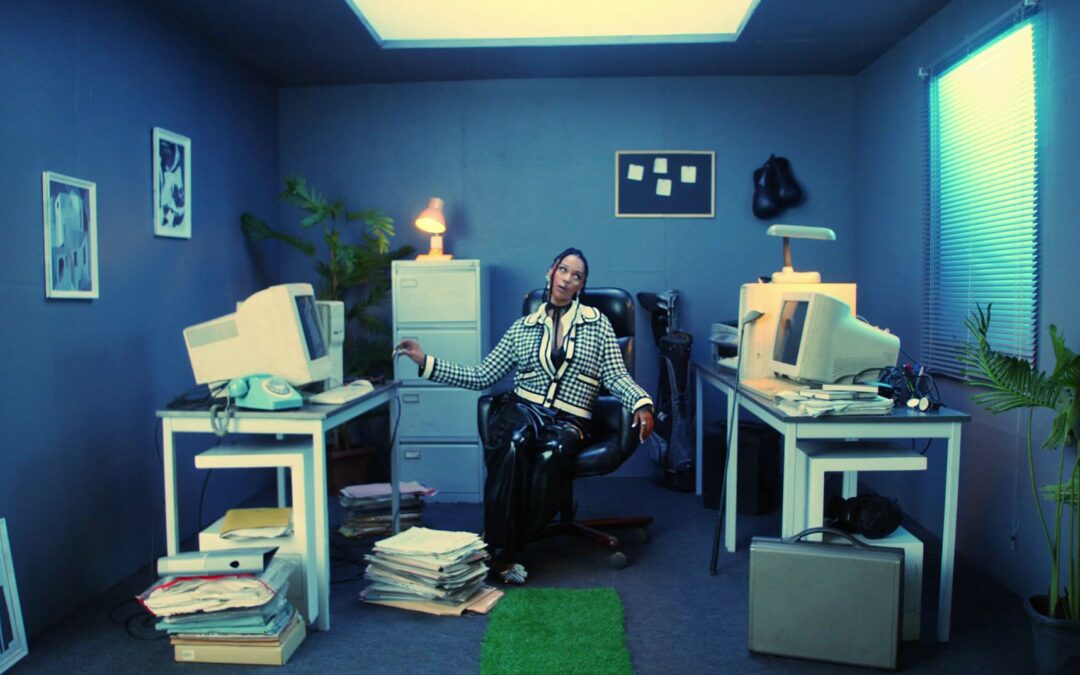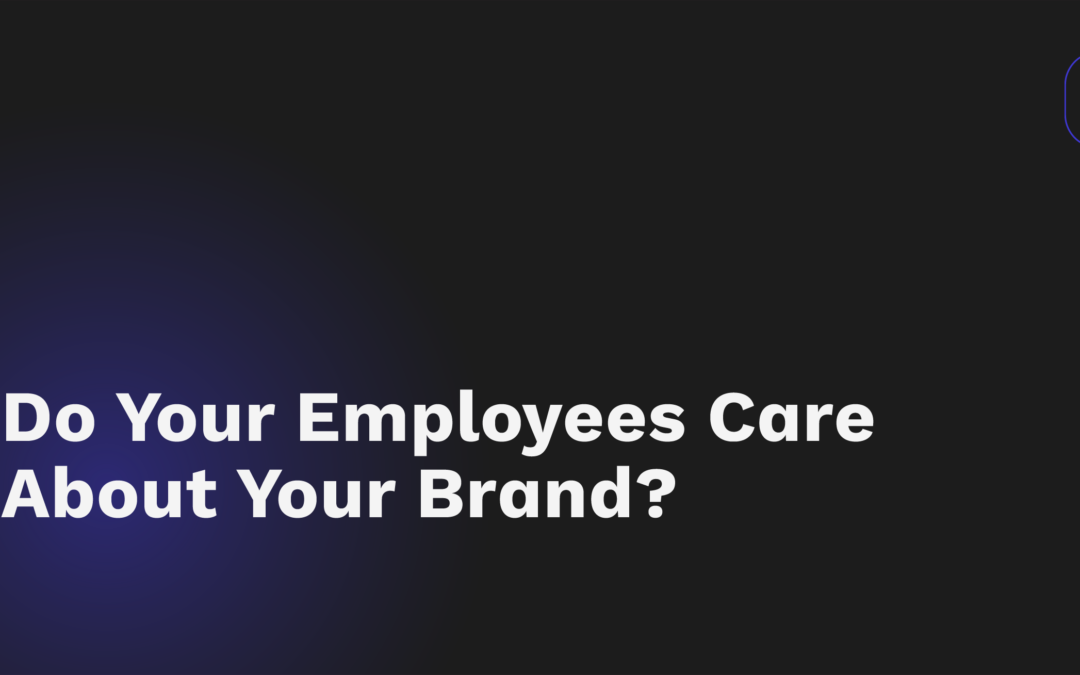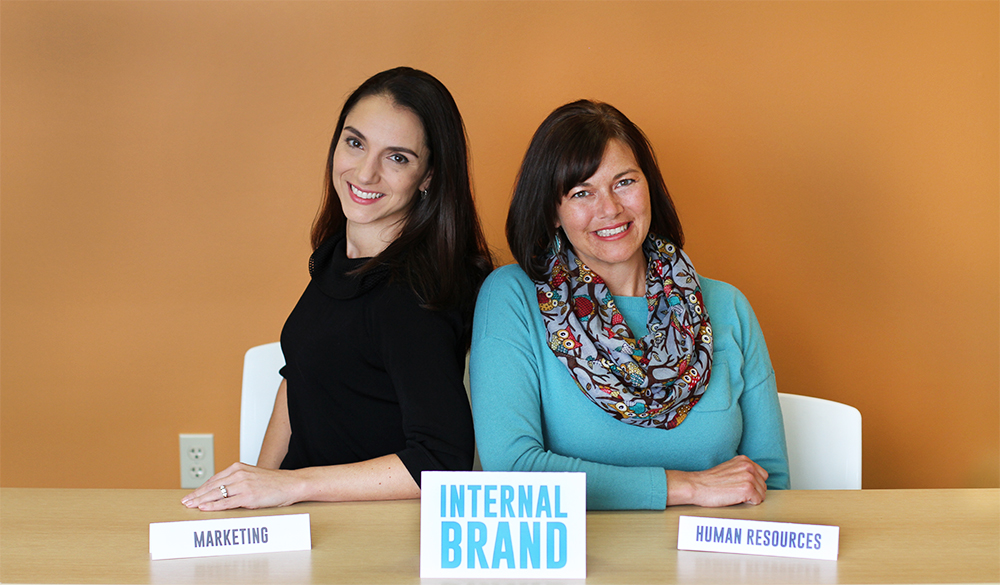
Communication, Human Resources
Creating a Strong Employee Onboarding and Retention Strategy
Have you ever bought a product and felt like everything during the sales process was amazing? The company was super talkative, constantly calling and messaging you, and their marketing was everywhere. But the moment you bought the product, it was radio silence – the item you bought didn’t live up to the expectations set during the sales process.
This same scenario often happens to employees. They read a beautiful job description, hear about a company aiming for the stars, and talk to people who sell them on why it’s such a great opportunity. But once they start the job, the reality is the complete opposite.
Understanding Employee Retention
Imagine your worst employee—the lazy person who doesn’t show up on time, and doesn’t get their work done. What if we told you that their behavior might actually be your fault because you hired and trained them? Ensuring the success of your employees after hiring is crucial for retention, and it starts with you as the leader.
As your business grows, consistency becomes key. Many people think of consistency in terms of sales, revenue, marketing, and leads, but it’s equally important to have consistency in your teams. Employees are the ones pushing the buttons, coming up with creative ideas, and recording the content.
Setting Clear Expectations
When you hire someone, there are three critical aspects to ensure their success: onboarding, setting expectations, and providing context.
Onboarding
Onboarding is crucial for setting the foundation for a new hire’s success. It’s integrating new employees into your organization and equipping them with the tools, resources, and knowledge they need to thrive.
Setting Expectations
Expectations are the verbalization of how you would like something done. Many employees come into a new job playing by the rules of their last job. Unless told otherwise, they’ll continue doing what worked before. Therefore, you need to set and reinforce different expectations. First, set the expectation of what you want, verbalize it, add it to the job description, explain it, and follow up by encouraging them when they meet expectations.
Providing Context
Providing context means ensuring new hires understand how their role fits the bigger picture. This involves consistently repeating the same message in every interview. Make sure candidates understand what the business does and how their role contributes.
Strategies for Success
To ensure your employees are successful and reduce turnover, consider these strategies:
- Accurate Job Descriptions: An accurate and well-thought-out job description can help candidates understand if the job is right for them. This description should be a reference point and an agreement on what the job entails and what the company will hold the employee accountable for.
- Consistent Messaging: Repeat the same message in every interview to ensure candidates understand the business and their role within it. Make sure they know how their role connects with other parts of the business.
- 30/60/90 Day Goals: Set clear 30, 60, and 90-day goals. Collaborate with new hires to set achievable goals, creating predictability and security in their new role.
- Discuss Problems Ahead of Time: Be upfront about any existing issues in the department or challenges the new hire will face. This transparency helps set realistic expectations.
- Overdeliver on Conditions: Either set expectations slightly lower than the reality or find ways to overdeliver on job conditions. This approach can make new hires feel great about joining your company.
By following these strategies, you can create a strong onboarding process, set clear expectations, and provide the necessary context for new hires. This will help ensure their success and improve employee retention, ultimately contributing to the growth and consistency of your company.
This article is sourced and inspired by Leila Hormozi’s BUILD podcast.

Branding, Human Resources
Do Your Employees Care About Your Brand?
You almost always hear about brand or branding in relation to your identity or attracting customers and almost never in relation to employees.
This is a tragic mistake. Why? Because your employees not only work for you but they live out your brand. They are the hands and feet of your brand to customers and the community. In certain market segments, they are the face of your brand.
Brand is all about perception. How do people perceive your brand? What is your reputation on the street? How do people think of you? This matters more than organizations realize according to recent surveys.
69% of candidates would reject an offer from a company with a bad employer brand, even if they were unemployed
Source: Employment Cost of a Bad Reputation Survey A Study by Corporate Responsibility Magazine
95% of candidates identify a company’s reputation as a key consideration when exploring new career opportunities
Source: Why Online Reviews Matter for Employer Brand: Evidence from Glassdoor.
Only 49% of employees would recommend their employer to a friend
Do people even know your company exists? Are you known as a great place to work? Or do you have a reputation as a bad place to work?
When owners and executives are struggling to find the right employees, fill key positions, and retain their current employees it increases the stress and frustration of the entire company. It’s a vicious cycle that leads to employee burnout or at the very least employees checking out.
There is something you can do to improve your employer brand, attract more employees, and retain more of the valuable employees you currently have. We’ve launched Build Your Employer Brand – a program designed to bring an outside perspective to your unique situation and provide solutions to your biggest challenges with building a positive corporate culture.
With Build Your Employer Brand, you get access to HR and Brand Specialists who will assess your situation, identify the root of your challenges, and implement creative solutions.
With the right consultation and creative deliverables your organization can be better positioned to be a cool place to work. It takes time, but you can build a culture that attracts and retains employees with employer branding strategies.
This is critical today, more than ever before, because of the changes in the job market that were accelerated due to the COVID pandemic. Glassdoor reports that 92% of employees would consider changing jobs with no salary increase if the opportunity was with a company that had an excellent reputation. Furthermore, up to 86% of job seekers say they would not consider working for a company with bad social standing.
Since your employer brand is your reputation among future and current employees, developing a strategy to influence their perception. By changing your branding you can positively impact your employer reputation and create employees who are ambassadors for your organization.
The best thing about having employees who love your brand is that they are going to be enthusiastic to tell their friends, family, and associates about how great it is to work at your company. What better marketing or advertising can you have than people in the community talking about how great you are?
Is it time to invest in your employer brand? Are you interested in learning more? Visit BuildEmployerBrand.com or contact us today.

Human Resources
 Hoyden Creative Group of Adrian, Michigan is proud to announce Paige Fuoco as Brand Strategist. Fuoco will be based in the Adrian office but working with clients throughout Southeast Michigan.
Hoyden Creative Group of Adrian, Michigan is proud to announce Paige Fuoco as Brand Strategist. Fuoco will be based in the Adrian office but working with clients throughout Southeast Michigan.
Fuoco has been with Hoyden Creative for almost three years in the role of graphic designer. Her work has been part of campaigns for government, economic development, software/IT, and lifestyle brands.
She holds a Bachelor’s degree in business with a concentration in marketing and minor in economics from Adrian College. She is active in Lenawee Young Professionals where she serves on the executive board.
“I’m proud to have been working with Paige for the past three years. When she started with us as an intern, we immediately recognized her talent,” said Molly Mason, CEO and Founder of Hoyden Creative. “Her interpersonal skills, creative capabilities, and understanding of brand strategy make her perfectly suited for serving in this capacity.”
Together with the Hoyden Creative team, Fuoco will work with clients on their internal and external brand strategy using Hoyden’s proven method of assessment, raising awareness, earning acceptance, increasing action, and staying accountable.
“I’ve had the opportunity to take on an increasingly more direct role with our clients in the last year,” said Fuoco. “It has been a great experience to strategize directly with them and I’m looking forward to having it now be the primary focus of my role.”

Branding, Human Resources

By Sarah Stanley, CEO of Hoyden Creative Group and Amy Bergman, President of Insight HRM
If you have been involved in hiring, you’ve surely seen some bumpy rides for both the new hire and the organization. Ready to do better? Call in the HR reps, you might think. Yes, but here’s when two heads are better than one. If you also call in your brand strategist, you can make some real magic happen. Allow them to work side by side so that your brand is alive and well throughout the organization, obvious to a new employee the very first day on the job. It’s good for you, the new hire, and the success of the organization as a whole.
There is so much that can be done. What’s not working for you, and how can you turn it around? Here are four areas where you can start making high-impact changes in your hiring process.
What’s Not Working: You are Hasty in Creating a Job Description
A quickly slapped together job description with pieces borrowed from many different sources will feel like just that. It leaves you with a hodge-podge of listings that lack the consistency and flavor of your organization. Absence of a fluid and accurate job description sets everyone up for failure from the get-go. You won’t be able to spot a well-qualified candidate because you don’t have the right baseline for evaluation in place.
Change it to a Job Description that Works
Take time to think about the role for which you are hiring. How does this role support the organization’s strategic initiatives? How will the new hire feel and contribute to the company culture? Identifying with the culture is how they will know they are engaged with the corporate brand, and employee engagement with the brand is critical for the brand’s external success. To evaluate for culture fit you need to define it. To do so, start with identifying your core values then create descriptions of what they mean. Define the behaviors that demonstrate what living your core values looks like. With these defined behaviors and values, you can engage in dialogue with candidates that provides them an opportunity to talk about examples from their lives that relate to your core values. Behavior-based interview questions designed with this in mind should produce the information you need to determine fit.
What’s Not Working: You are Making it Inconvenient to Apply
Is your hiring process stuck in the 1990s? Paper applications or cumbersome online forms are a thing of the past. If your candidate can’t upload a resume and have most of their data parsed into an applicant tracking system, then you’re going to lose qualified candidates who don’t want to be bothered with an organization that still operates in the dark ages.
Change it to an Engaging Experience
The application process is the first impression of your company for the candidate. Think about what you want that experience to be and align your process to reflect your culture. As a candidate searches for more information online, what are they finding that will create interest? Consider adding video clips to your recruiting pages on your web and social media pages to give a little more insight into who your company really is – even better, have some testimonials from your team on video. Make the application system one that won’t burn out the interest they have just built. It doesn’t have to be fancy, just easy to understand and efficient to use.
What’s Not Working: Your Interview Process is Lackluster
If the interview process is a burden to you, it will show to your candidates. If it is haphazard, it will disguise important cues from the candidate. If it is not an indication of your culture and vision, it will sabotage opportunities to find a match in someone beyond technical skills. Just as much as first impressions matter, remember that the entire process is like a first date. Please don’t tell someone you will be in touch and then ghost them. Ouch. That is not the kind of move you want associated with your brand.
Change it to Make a Strong Impression
Even if you are in a hurried spot, take a chance to walk through the process. Literally. Set up the interview area. Rehearse the interview questions. Be intentional with who will be in the room and objective with how you are ranking candidate responses. Know how you are going to greet the candidate and how long they will continue conversations – as well as what conversation triggers indicate the end of the interview. Have a plan for how long you will need before responding to the candidate and what that will look like. Pro tip: It’s better to re-interview a person for confirmations than it is to hire and quickly fire the wrong person.
But, focusing on the interview going well, remember this: if you love the candidate, others will too. You have to move fast in today’s competition for talent. Build your process and timelines upfront, keep them tight and don’t stray from them. Multiple levels of interviews can be too cumbersome and take too long. Your hot candidate could be stolen out from under you.
What’s Not Working: Your Onboarding Process is a Hot Mess
Hello, new person! Welcome to the team. Here’s your stuff and get to it! While that might fly in a few cases, don’t count on it as a way to go. Employees thrown into the fire with zero guidance might get put there with good intentions of letting them write their own ticket or spread their wings. Faith and freedom quickly mask the lack of a real plan for the role to be filled, though. Yes, the employee is there to contribute and solve problems. No, they are not there to be a mind reader and magician.
Change it to an Organized Integration as a Valued Team Member
Starting a few steps back with the job description, think about what tools the person needs to start their role successfully. More than hardware, software and SOPs, it’s access to the team and introductions beyond the team. By paying close attention to candidates’ personalities in the interview process, you’ll be able to build out a launch plan for their success. In fact, you could take it so far as having good indications of what the first 90 days of employment should look like. What better than to share the same expectations for that first official review. Consider pairing the new employee with a mentor – someone who can integrate them into the culture, familiarize them with the organization and its’ norms. It will help them to feel connected to the company right from the start. Also, get them on a team or committee right from the start so they can build relationships, start contributing, and feel a sense of belonging.
Once you have your new team member on board and in the swing of things, the final step to your hiring process is to get feedback. Circle back with your new employee within 60 days to gain feedback on their overall experience. Ask questions such as “is the job what you expected,” “what was your overall impression of the hiring and on-boarding process,” and “who has been especially helpful in your on-boarding and why.” You can tweak your hiring process based on the feedback received to become an even better hiring manager. Always be evolving!






